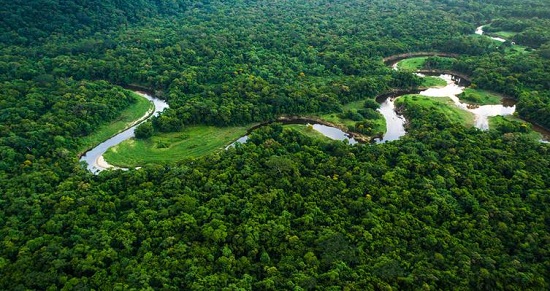Kenya
- Doesn't experience winter so logging can go on throughout the year.
- Soft wood forests in Kenya are easier to exploit because trees are planted in rows unlike in Kenya where they are natural and trees grow haphazardly.
- In Kenya forests are accessible throughout the year unlike in Canada where forests in the north are inaccessible during severe winter and ruggedness.
- In Kenya logging can go on throughout the year because there is no winter.
- Availability of water from R. Nzoia for pulp and paper manufacture at Webuye.
- Ready market due to high demand for wood products locally and outside in COMESA.
Canada
- Mild winters in British Columbia which makes it possible to transport logs throughout the year.
- Availability of water from many rivers providing plenty of water for paper and pulp manufacture.
- Cheap H.E.P. for factories from many rivers in Canada.
- Cheap and efficient land and water transport system easing transport of logs to factories and to markets.
- Coastal location of major producing areas making exportation of timber to U.S.A. and Japan easy.
- High demand for forest products in the neighbouring U.S.A. and locally due to high purchasing power.
- Existence of natural coniferous forests in pure stands (one tree species covering a large area) making exploitation easy.
- Absence of undergrowth which makes exploitation easy (due to dead leaves resulting in acidic humus.
Planted soft Woods in Kenya
- Planted in clear rows.
- Clear cutting
- Mature at the same time.
NOTE
Products: In Kenya and Canada products are poles sawn timber, pulp, paper, block board,
ply wood, clip board etc.


